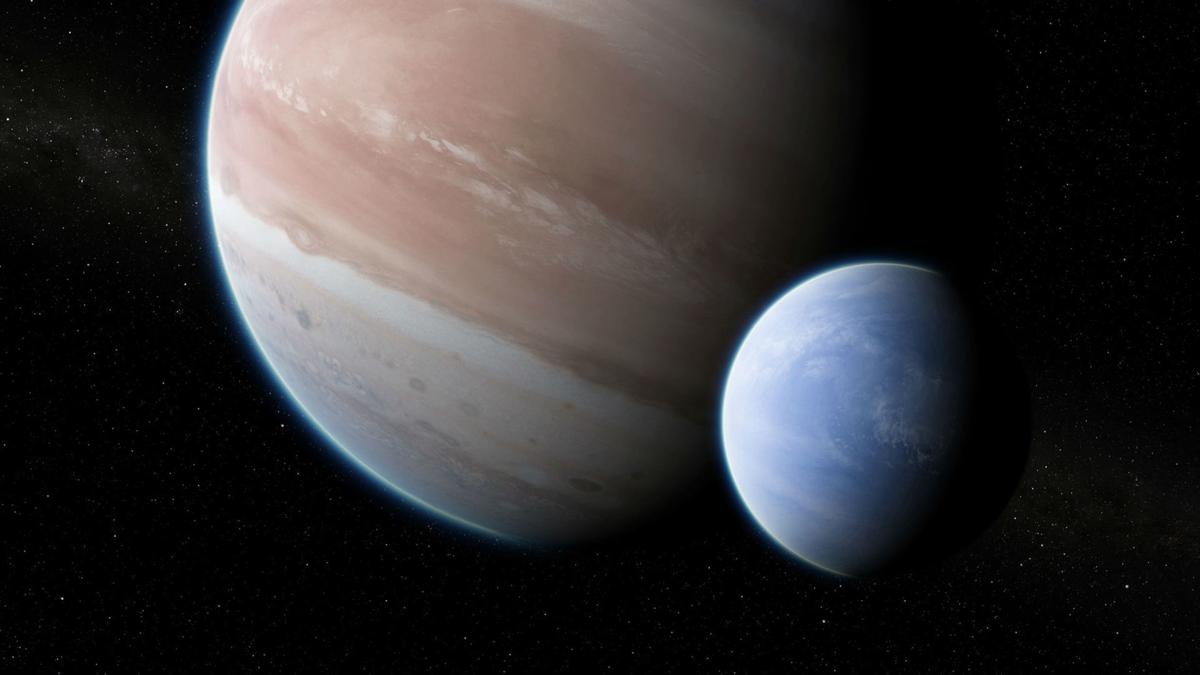Alex Teachey and David Kipping, astronomers at Columbia University in New York using NASA’s Hubble Space Telescope and Kepler Space Telescope have assembled compelling evidence of a moon outside our solar system.
A paper published on 3 Ocobert report that, the so-called exomoon, which is outside of our planet estimated to be the size of Neptune, was found in orbit around a gigantic gas planet 8,000 light-years from Earth. Such gargantuan moons do not exist in our own solar system, where nearly 200 natural satellites have been cataloged.
Although moons are common in our solar system, which has nearly 200 natural satellites, the long search for interstellar moons has been an empty one. Astronomers have had success locating exoplanets around stars outside our solar system, but exomoons are harder to pinpoint because of their smaller size.
David Kipping said “This would be the first case of detecting a moon outside our solar system”. “We saw little deviations and wobbles in the light curve that caught our attention. The finding could provide vital clues about the development of planetary systems and may cause experts to revisit theories of how moons form around planets” Kipping said.
Researchers caution that the moon hypothesis is tentative and must be confirmed by follow-up Hubble observations.
“This intriguing finding shows how NASA’s missions work together to uncover incredible mysteries in our cosmos,” said Thomas Zurbuchen, associate administrator of NASA’s Science Mission Directorate at Headquarters, Washington. “If confirmed, this finding could completely shake up our understanding of how moons are formed and what they can be made of.”
>Juthy Saha













